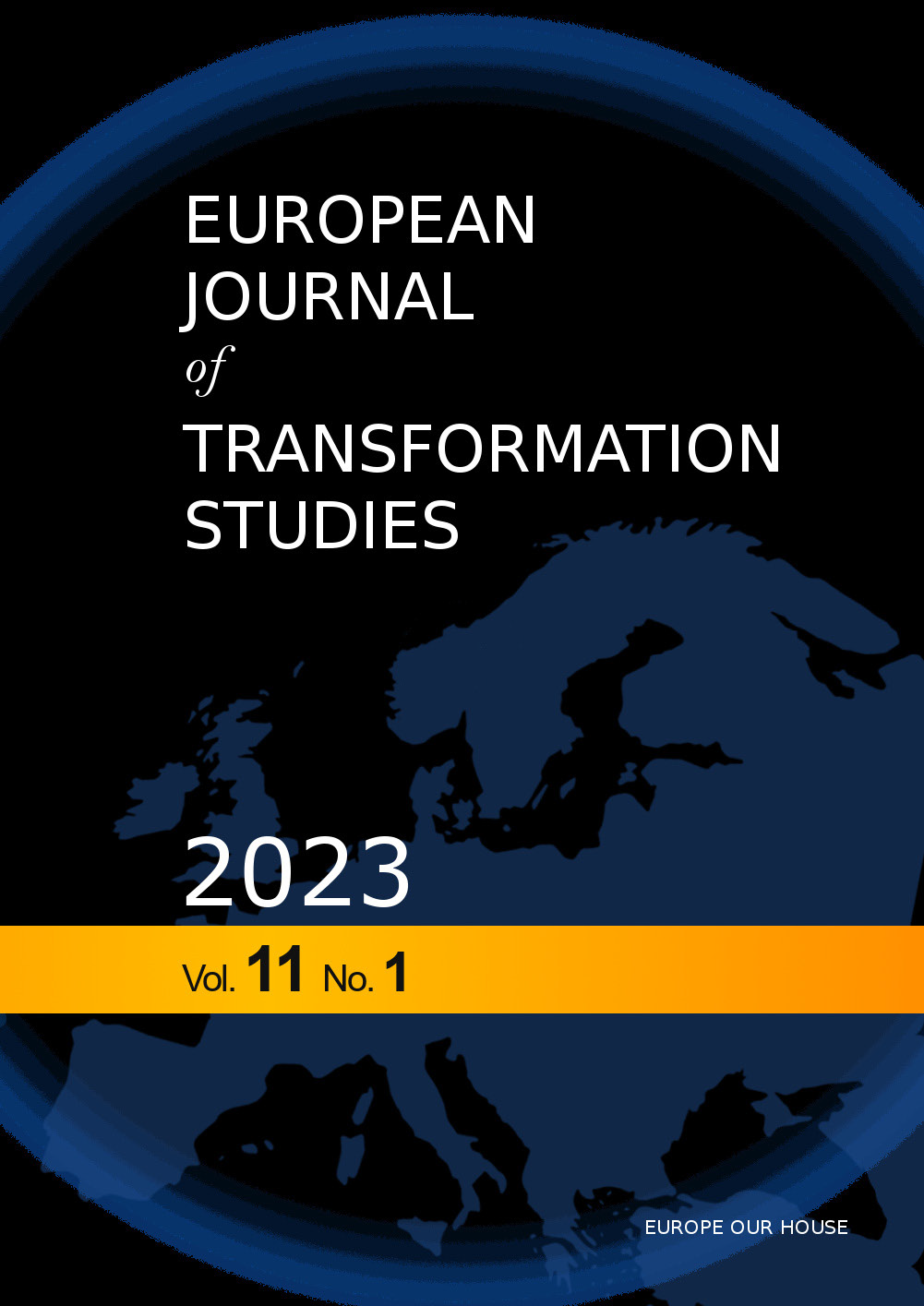Feminity, Consumptionism and Illness
Keywords:
IIdentity, Social Exclusion, Cancer, Consumption, Well BeingAbstract
The article is a reflection on the impact of the social construct of femininity on individual identity, examining what it means to be a woman for individuals and for the society (observers). There are more cosmetic procedures and aesthetic medicine, that promises ‘being beautiful’ and ‘feeling beautiful’ as the norm and a woman’s duty. This obligation to be beautiful is increasingly present in mass media when individuals struggle with cancer. More campaigns are supporting the individual’s fight against cancer by offering metamorphoses. Similarly, more websites focused on helping cancer patients place focus on the correct skin care or applying makeup during and after anti-cancer therapy, promising to enhance the well-being of patients. Thus, we observe both criticism of the pressure associated with the constant construction of femininity, and the support for women diagnosed with cancer by offering them ways to look attractive while fighting the disease.
Downloads
References
Abend, T.A., Williamson, G.M., (2002), Feeling attractive in the wake of breast cancer: Optimism matters, and so do interpersonal relationships, Personality and Social Psychology Bulletin, 28 (4), 427-436.
Aucoin, K., (2012), Makijaż-sztuka przemiany, Wydawnictwo Galaktyka, Łódź. Berry, B., (2016), The power of looks: Social stratification of physical appearance, Routledge. Etcoff, N., (2002), Przetrwają najpiękniejsi, Wydawnictwo WAB, Warszawa.
Hopwood, P., Fletcher, I., Lee, A., Al Ghazal, S., (2001), A body image scale for use with cancer patients, European journal of cancer, 37 (2), 189-197.
Kendrick, K., (2008), ‘Normalizing’female cancer patients: Look good, feel better and other image programs, Disability & Society, 23 (3), 259-269.
Kashak, E., (1996), Nowa psychologia kobiety. Podejście feministyczne, Gdańskie Wydawnictwo Psychologiczne, Gdańsk.
Kristeva, J., (2007), Potęga obrzydzenia. Esej o wstręcie, Wydawnictwo Uniwersytetu Jagiellońskiego, Kraków.
Kurczewski, J. M., (2006), Praktyki cielesne Trio, Warszawa. Leder, D., (1990), The Absent Body, The University of Chicago Press, Chicago.
Lemma, A., (2014), Pod skórą. Psychoanalityczne studium modyfikacji ciała, Wydawnictwo IMAGO, Gdańsk.
Lovber, J., Moore, L. J., (2011), Gendered bodies: feminist perspectives, Oxford: Oxford University Press, New York.
Moreira, H., Silva, S., Canavarro, M. C. (2010), The role of appearance investment in the adjustment of women with breast cancer, Psycho-Oncology, 19 (9), 959-966.
Schier, K., (2010), Piękne brzydactwo, Wydawnictwo Naukowe Scholar, Warszawa.
Shilling, C., (2010), Socjologia ciała, Wydawnictwo Naukowe PWN, Warszawa.
Thompson, J.K., Heinberg, L.J., Altabe, M., Tantleff-Dunn, S., (1999), Exacting beauty: Theory, assessment, and treatment of body image disturbance, American Psychological Association.

 Academic Scientific Journals
Academic Scientific Journals



